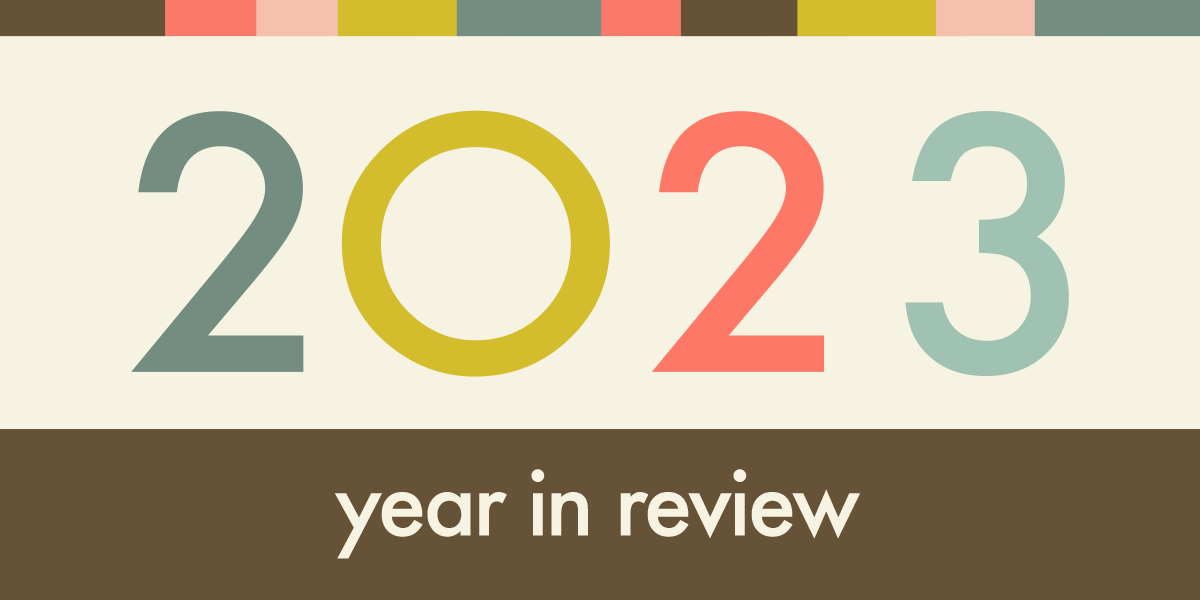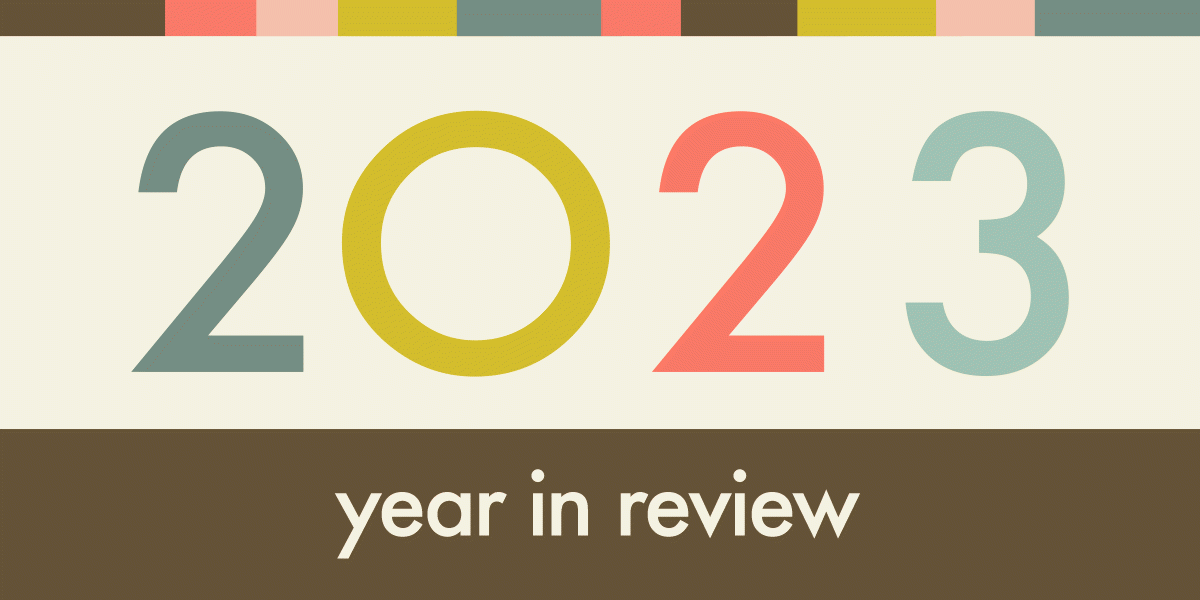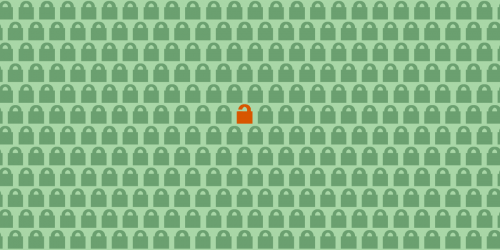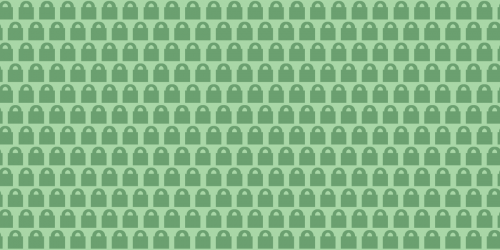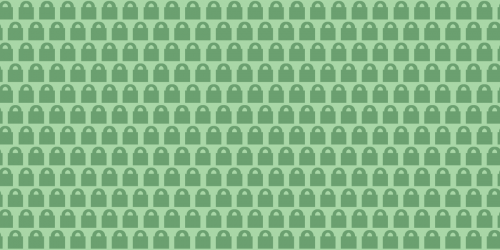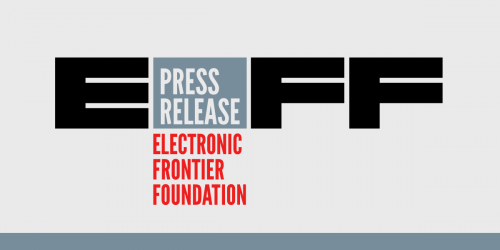At the start of 2023, we sunsetted the HTTPS Everywhere web extension. It encrypted browser communications with websites and made sure users benefited from the protection of HTTPS wherever possible. HTTPS Everywhere ended because all major browsers now offer the functionality to make HTTPS the default. This is due to the grand efforts of the many technologists and advocates involved with Let’s Encrypt, HTTPS Everywhere, and Certbot over the last 10 years.
The immense impact of this “Encrypt the Web” initiative has translated into default “security for everybody,” without each user having to take on the burden of finding out how to enable encryption. The “hacker in a cafe” threat is no longer as dangerous as it once was, when the low technical bar of passive network sniffing of unencrypted public WiFi let bad actors see much of the online activity of people at the next table. Police have to work harder as well to inspect user traffic. While VPNs still serve a purpose, they are no longer necessary just to encrypt your traffic on the web.
“The Last Mile”
Firefox reports that over 80% of the web is encrypted, and Google reports 95% over all of its services. The last 5%-20% exists for several reasons:
- Some websites are old and abandoned.
- A small percentage of websites intentionally left their sites at HTTP.
- Some mobile ecosystems do not use HTTPS by default.
- HTTPS may still be difficult to obtain for accessibility reasons.

To the last point, tools like Certbot could be more accessible. For places where censors might be blocking it, we now have a Tor-accessible .onion address available for certbot.eff.org. (We’ve done the same for eff.org and ssd.eff.org, EFF’s guides for individuals and organizations to protect themselves from surveillance and other security threats.)
Let’s Encrypt made much of this possible, by serving as a free and easily supported Certificate Authority (CA) that issued TLS certificates to 363 million websites. Let’s Encrypt differs from other prominent CAs. For example, Let’s Encrypt from the start encouraged short-lived certificates that were valid for 90 days. Other CAs were issuing certificates with lifespans of two years. Shorter lifespans encouraged server administrators to automate, which in turn encouraged encryption that is consistent, agile, and fast. The CA/B Forum, a voluntary consortium of CAs, browser companies, and other partners that maintain public key infrastructure (PKI) adopted ballot SC-063. Which allows 10-day certificates, and in 2026 will allow 7-day certificates. This pivotal change will make the ecosystem safer, reduce the toll on partners that manage the metadata chain, encourage automation, and push for the ecosystem to encrypt faster, with less overhead, and with better tools.
Chrome will require CAs in its root store (a trusted list of CAs allowed to secure traffic) to support the Automatic Certificate Management Environment (ACME) protocol. While Google steers this shift with ACME, the protocol is not a Google product or part of the company’s corporate agenda. Rather, ACME is a beneficial protocol that every CA should adopt, even without a “big tech” mandate to do so.
Chrome also expanded its HTTPS-First Mode to all users by default. We are glad to see the continued push for HTTPS by default, without the users needing to turn it on themselves. HTTPS “out of the box” is the ideal to strive for, far better than the current fragmented approach of requiring users to activate “enable HTTPS” settings on all major browsers.
While this year marks a major victory for the “Encrypt the Web” initiative, we still need to make sure the backbone infrastructure for HTTPS continues to work in the interest of the users. So for two years we have been monitoring eIDAS, the European Union’s digital identity framework. Its Article 45 requires browsers to display website identity with a Qualified Web Authentication Certificates (QWAC) issued by a government-mandated Root Certificate Authority. These measures hinder browsers from responding if one of these CAs acts inappropriately or has bad practices around issuing certificates. Final votes on eIDAS will occur in the upcoming weeks. While some of the proposal’s recitals suggest that browsers should be able to respond to a security event, that is not strong enough to overrule our concerns about the proposal’s most concerning text. This framework enables EU governments to snoop on their residents’ web traffic. This would roll back many of the web security and privacy gains over the past decade to a new, yet unfortunately familiar, fragmented state. We will fight to make sure HTTPS is not set up for failure in the EU.
In the movement to make HTTPS the default for everyone, we also need to be vigilant about how mobile devices handle web traffic. Too often, mobile apps are still sending clear text (insecure HTTP). So the next fight for “HTTPS Everywhere” should be HTTPS by default for app requests, without users needing to install a VPN.
The last stretch to 100% encryption will make the web ecosystem agile and bold enough to (1) ensure HTTPS as much as possible, and (2) block HTTP by default. Reaching 100% is possible and attainable from here. Even if a few people out there intentionally try to interact with an HTTP-only site once or twice a session.
This blog is part of our Year in Review series. Read other articles about the fight for digital rights in 2023.


